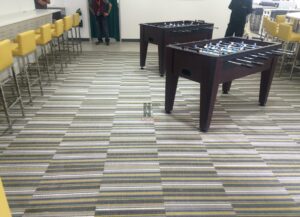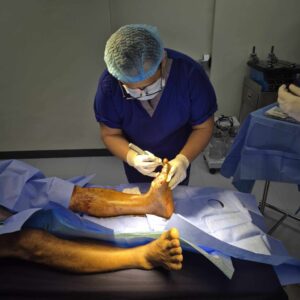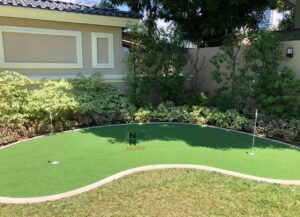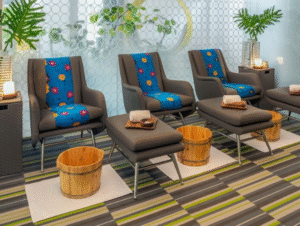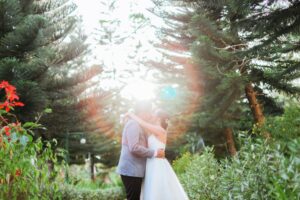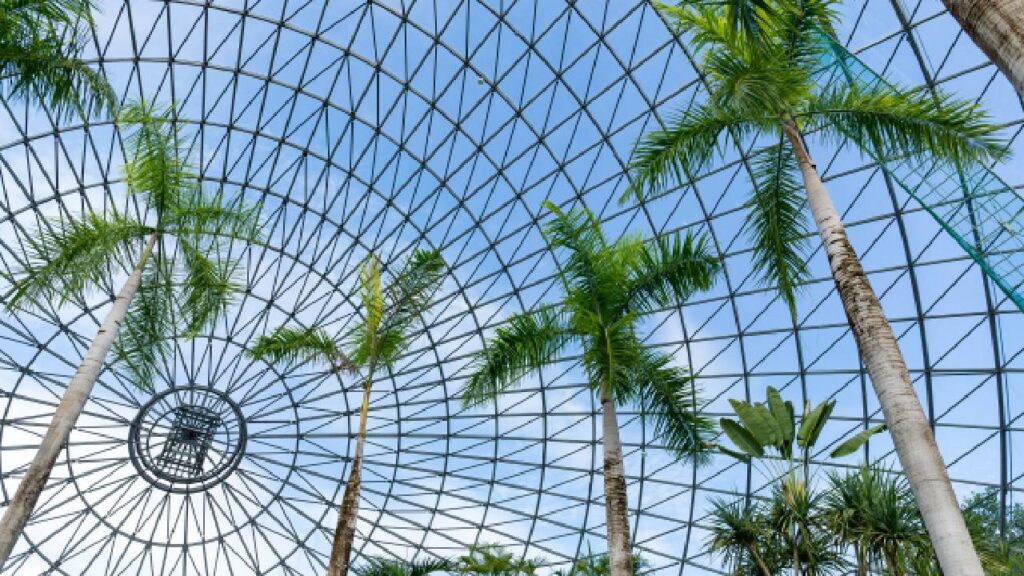As cities continue to grow and urban spaces become denser, finding ways to integrate nature into buildings has become a crucial part of sustainable architecture. A green roof system offers a practical and attractive solution that transforms traditional rooftops into lush, environmentally friendly spaces. By adding layers of vegetation to building roofs, these systems not only beautify urban environments but also bring numerous environmental, economic, and social benefits.
A green roof system can vary depending on the design and purpose, but typically falls into two main categories: intensive and extensive. Both types play a vital role in promoting eco-friendly urban living and improving the quality of life for city dwellers.
Types of Green Roof Systems: Intensive vs. Extensive
Understanding the difference between intensive and extensive green roof systems is key to selecting the right approach for your building.
Intensive Green Roof Systems are like rooftop gardens. They feature deep soil layers—sometimes more than a foot thick—and can support a wide variety of plants including shrubs, grasses, and even small trees. Because of the depth and diversity, these roofs often require more maintenance and stronger structural support. They serve as recreational spaces or green retreats for residents and office workers, adding both functionality and aesthetic appeal.
On the other hand, Extensive Green Roof Systems are designed to be lightweight and low-maintenance. With shallow soil layers, typically less than six inches, they support hardy, drought-tolerant plants like sedums, mosses, and grasses. These are ideal for larger buildings where accessibility is limited, providing environmental benefits with minimal upkeep.
A quick comparison helps clarify:
| Feature | Intensive Green Roof | Extensive Green Roof |
| Soil Depth | Deep (over 6 inches) | Shallow (2-6 inches) |
| Plant Variety | Diverse (shrubs, flowers, trees) | Limited (succulents, mosses) |
| Maintenance Level | High | Low |
| Structural Support | Requires strong roof structure | Lightweight |
| Use | Recreational spaces, gardens | Environmental benefits primarily |
Both systems contribute to a healthier environment and better urban living, but the choice depends on building capacity and intended use.
Key Benefits of a Green Roof System
A well-designed green roof system delivers a host of benefits, making it a smart investment for modern buildings:
Improved Air Quality: Plants on green roofs act as natural air filters. They absorb pollutants and airborne particles, reducing the surrounding air pollution. This process releases oxygen, helping to clean the urban atmosphere and combat the harmful effects of smog and vehicle emissions.
Reduced Energy Consumption: Green roof systems function as natural insulators. By reducing heat absorption through the roof, they keep buildings cooler during hot weather and retain warmth during colder months. This leads to significant reductions in the energy required for heating and air conditioning, lowering utility bills and the building’s carbon footprint.
Enhanced Urban Biodiversity: Urban green spaces are vital for supporting local wildlife. Green roofs provide habitats for birds, insects, and pollinators, promoting biodiversity in city environments often lacking natural ecosystems.
Increased Property Value: The aesthetic appeal of a green roof can elevate the overall look of a building, making it more attractive to buyers or tenants. The combination of beauty and sustainability adds tangible value to the property.
Health and Well-being Boost: Access to green spaces is linked to reduced stress, improved mental health, and greater overall well-being. A green roof system allows building occupants and nearby residents to interact with nature, even in dense urban settings, inspiring creativity and relaxation.
Stormwater Management: Green roofs absorb and retain rainwater, reducing runoff that can overwhelm city drainage systems. This natural water retention decreases flood risks and improves water quality by filtering pollutants.
Why Singapore is Leading in Green Roof Adoption
Singapore’s urban landscape presents unique challenges and opportunities that have propelled the adoption of green roof systems across the city-state. The government’s strong commitment to sustainable urban development, combined with limited land space and a tropical climate, makes green roofs an ideal solution.
Programs promoting green building certifications and incentives encourage developers and building owners to install green roofs. Companies like BSG Landscape & Construction have been at the forefront, providing customized and innovative green roof systems tailored for Singapore’s environment.
BSG Landscape & Construction: Your Trusted Partner in Green Roofing
With over two decades of experience since its establishment in 2003, BSG Landscape & Construction Pte Ltd has become a leading provider of green roof systems in Singapore. Registered under the Building and Construction Authority (BCA), the company offers reliable and quality commercial landscaping services, including green roof installation, maintenance, and consultation.
BSG’s expert team consists of certified arborists, horticulturists, landscape technicians, and workplace safety officers, ensuring every project meets the highest standards of safety and quality. Whether it’s a residential building, government facility, or commercial complex, BSG tailors each green roof system to meet specific client requirements.
Their comprehensive services include landscape maintenance, arboriculture, tree pruning, and grass cutting — making BSG a one-stop partner for sustainable urban landscaping.
Planning Your Green Roof: What to Consider
Before installing a green roof system, several factors must be carefully evaluated to ensure long-term success:
- Structural Load Capacity: The building must be able to support the additional weight of soil, plants, and water.
- Waterproofing and Drainage: Proper barriers prevent leaks, while drainage systems avoid water accumulation.
- Plant Selection: Choose vegetation suitable for the climate, sun exposure, and maintenance capacity.
- Maintenance Requirements: Intensive roofs need regular care, while extensive roofs require less frequent upkeep.
Collaborating with specialists like BSG Landscape & Construction ensures these considerations are expertly addressed.
Green Roof System Installation Process
The installation of a green roof system follows a systematic process:
- Site Assessment: Detailed analysis of the roof’s condition, structure, and environment.
- Design Planning: Customized design based on building type, client needs, and green roof system choice.
- Waterproofing and Root Barrier Setup: Essential to protect the building from moisture damage.
- Soil and Plant Layer Installation: Adding the growing medium and carefully selected plants.
- Final Touches and Safety Checks: Ensuring stability, accessibility, and adherence to safety regulations.
This thorough approach guarantees a durable and functional green roof system.
Cost vs. Value: Is a Green Roof Worth the Investment?
While the initial installation of a green roof system can be higher than a traditional roof, the long-term benefits far outweigh the upfront cost. Energy savings, stormwater management, extended roof lifespan, and increased property value contribute to a strong return on investment.
In Singapore, various government incentives and green building grants help offset costs, making green roofs accessible to more building owners.
Build Greener, Live Better
A green roof system is more than just an architectural trend—it is a meaningful step towards sustainable urban living. With benefits ranging from cleaner air and lower energy bills to enhanced well-being and property value, green roofs are transforming cities worldwide.
For those in Singapore seeking expert guidance and innovative green roofing solutions, BSG Landscape & Construction Pte Ltd stands ready to bring your green vision to life. Embrace the future of eco-friendly buildings and create a greener, healthier environment for generations to come.


